Simulation of steel structures has advanced markedly in the finite element age and today models that include buckling and yielding
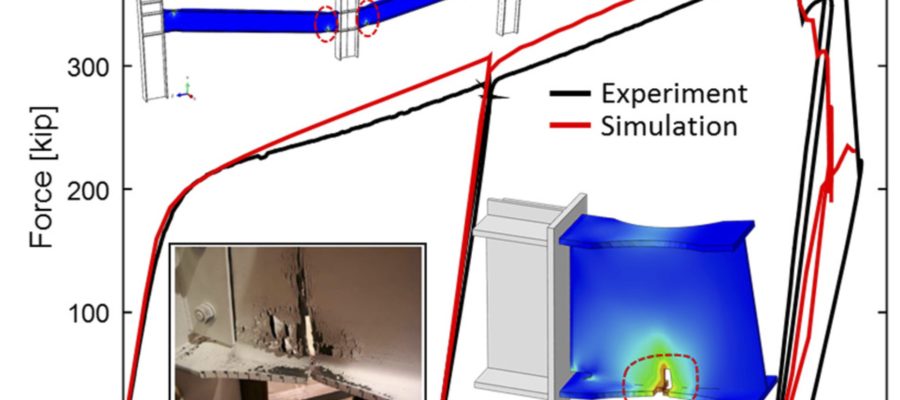
an academic, government, and industry collaborative dedicated to innovation in steel building systems

Simulation of steel structures has advanced markedly in the finite element age and today models that include buckling and yielding
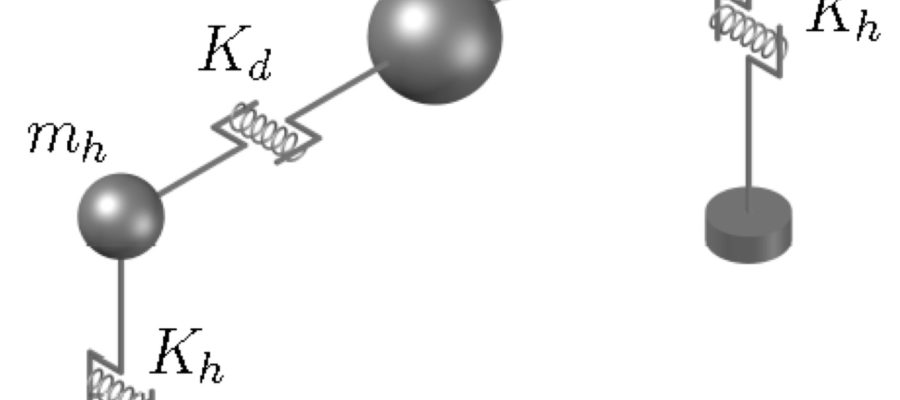
Using a simplified nonlinear mass-spring model this work provides an examination of how inelasticity in the vertical and horizontal (diaphragm)
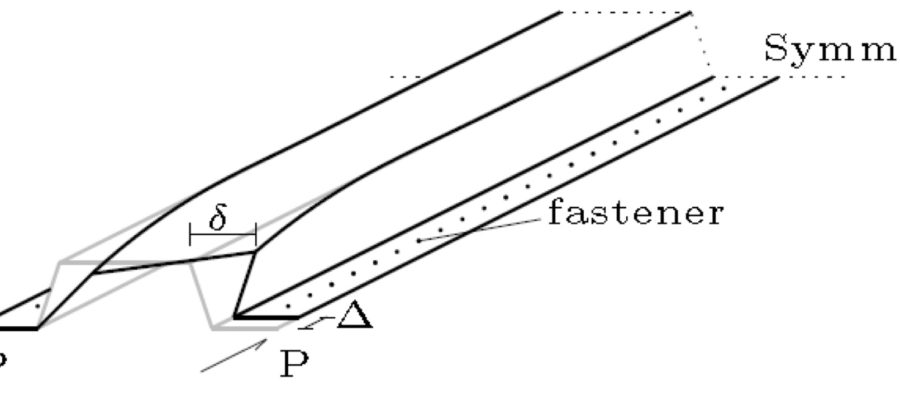
A recent SDII conference paper provides additional insight on how bare steel deck diaphragms warp under shear. The paper provides

The National Science Foundation has recently funded a team lead by Robert Fleischman (Arizona), Chia-Ming Uang (UC-San Diego), James Ricles

SDII is pursuing advanced models of steel and steel-concrete systems. For many of these models the computational time is extreme,
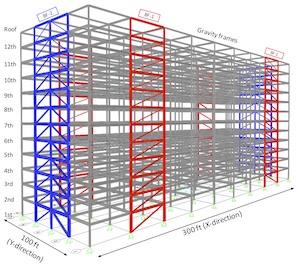
Building archetypes are fundamental to exploring and demonstrating the seismic behavior of modern structures. No suitable archetypes or prototypes exist
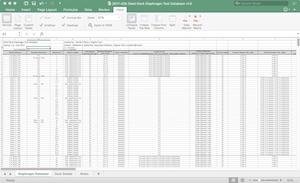
SDII announced today that the first version of its database on the tested performance of steel deck diaphragms is available.
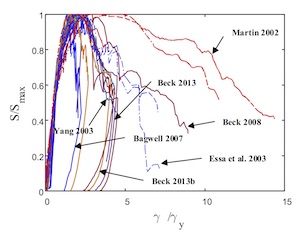
This comprehensive survey on the tested performance of steel deck diaphragms indicates the expected ductility and overstrength in these critical
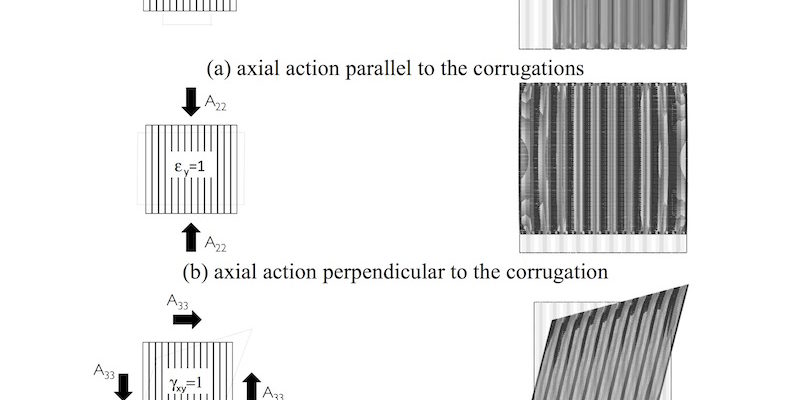
Structural models of steel deck often cannot include all the details of the deck itself. In the past engineers have

SDII researchers are assisting on a Building Seismic Safety Council (BSSC) issue team to develop improved standards for seismic design of diaphragms